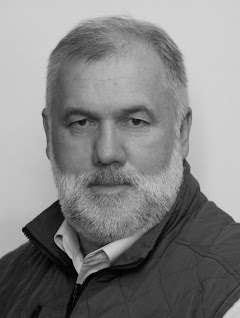Beat
I cover all aspects of daily life in Siberia.
One Shot

“Among the pictures I like best is this one, which shows a love story between a man named Sean Quirk from Milwaukee, Wisconsin, and his bride Chaiganmaa Ondar, originally from Tuva, southern Siberia. Quirk was inspired by his interest in Tuvan throat singing to move from the United States to Tuva and he is currently a member of the Tuvan National Orchestra and a producer of the well-known Tuvan folk group “Alash”. To me, his story is a surprising example of the changing modern world at a simple human level, as borders between countries, people and cultures disappear.”
Profile
My father took pictures of our family, friends and the natural world from the very day I was born. I have a picture of myself with a camera hanging around my neck taken by my father in 1963, when I was just one and a half years old.
When I was 10 years old my parents gave me my first camera as a reward for doing well at an exam at music school, and ever since then I have taken photos continuously. My father was my first teacher. Back then, I was especially captivated by the seemingly magical production of photos in the dark room.
I continued learning how to take pictures through independent study, perfecting my theory and practice as a photographer. At one stage in my career, I asked acquaintances to bring back specialised photo-magazines in English from abroad: Practical Photography, American Photo, Outdoor Photographer, Petersen’s PHOTOgraphic and others. I also studied the style of master photographers at Reuters very attentively and tried to follow the best examples of their work. I like the classical style of Reuters press photos.
I started working for Russian newspapers as a writer, but I also shot the photo illustrations for my text myself, rather than using a staff photographer. I was ready to take pictures professionally from my first day as a journalist.
Covering the disaster at the Sayano-Shushenskaya dam, the biggest hydroelectric power station in Russia, left a big mark on me. It was an unexpected industrial accident and 75 people, employees at the station, lost their lives. I was the first of all the journalists who worked there over the following five days to arrive at the scene, and I saw enourmous destruction, both to the economy and the environment. I went to the funeral ceremonies for some of the victims, and saw the grief of their relatives. I made a personal exhibition of 75 photos in memory of the 75 dead.
I like shooting stories about people who belong to the “one in a million” category – unusual people doing unusual things. They can be amateur artists, builders, extreme sportsmen, winter swimmers, or people who live in difficult conditions in the modern world and manage to survive.
I take pictures for people all around the globe. I am one of the few journalists living in the vast territory of Siberia who have the chance to show life here to the whole world – something I have been doing for almost 20 years.
I respect my parents, because they offer a great example of honesty, diligence, creativity and intellectual judgement.
Behind the Scenes

